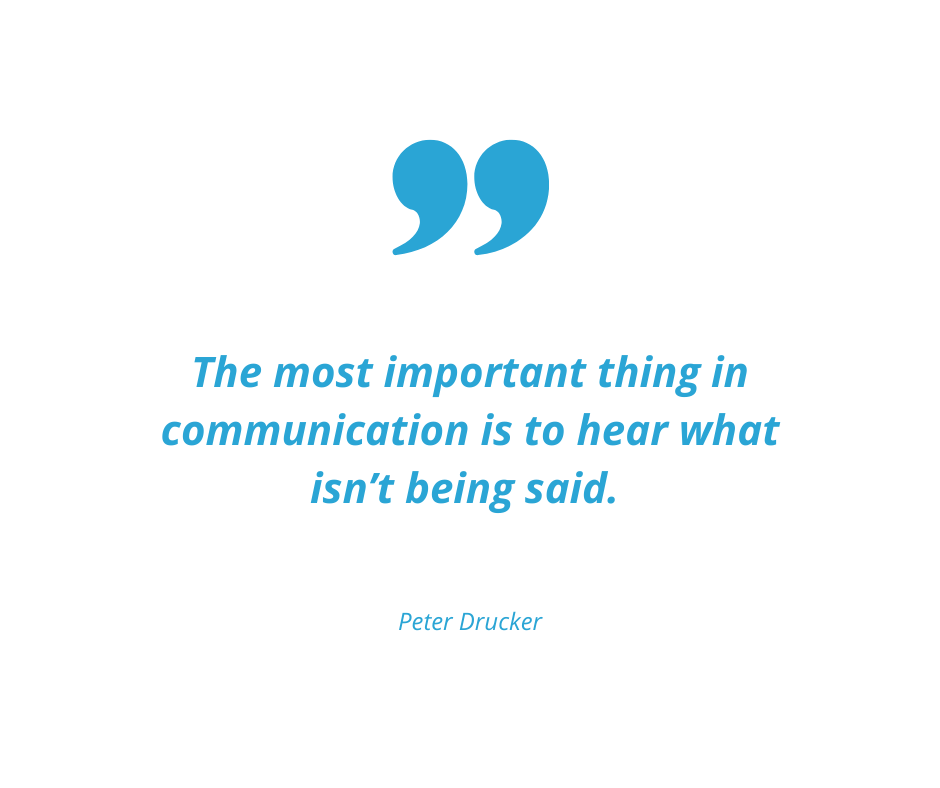Contents
Have you ever had to put out a fire, not knowing what caused it? Sometimes, fires in the workplace come about spontaneously. Others come from specific reasons you just have not seen yet. Knowing how to give feedback to employees can get you in front of workplace fires – before they appear.

In an ideal world, we know everything going on about our business. We know what’s working and what may teeter towards uncertainty.
If you find yourself putting out lots of fires, you may find that the opposite is true for you. Successfully delivering feedback can help you get back on track so you actually know everything going on in your business.
Feedback is Key for Success
If you have read some of our other blogs, you’ve likely heard us talk about EOS already. EOS stands for Entrepreneurial Operating System. It represents a methodology to running a team.
We love EOS at TimeClick. Why? Everything that EOS implements stands on open conversations with clear delineations on how to give feedback to employees.
Weekly meetings conclude with a 1 to 10 rating from each attendee. Quarterly conversations involve 5-5-5 assessments. Even large-scale annual meetings require every person in attendance to give a rating.
Nothing happens in EOS without someone saying something about it.

All of this points to the crux of the issue: feedback. Without a safe, pre-determined place to give and assess feedback, company communication can fall flat on its face.
Just think back. How many times have you sat in a meeting that you felt wasted your time? How many times have you sat listening to a talking head at work, waiting for it to end?
Feedback represents the most direct way of improving the areas of your business and team that need work.
I Already Provide Feedback, What Gives?
Perhaps you already know the value of giving feedback. You do it all the time. You critique the work of your employees but fail to see any results.
Let’s dive into why this could happen.
Vague Instructions
More often than not, we deliver feedback that falls out of our mouths and on the ground.
Say you run a sales team. One of your team members has really low numbers and does not close many sales. You think that team member could assert themselves more.
Telling that team member to assert themselves seems logical. So, you tell them. From the receiving end, the boss just told you to do something so abstract and out there, you have no idea what it means.
The team member therefore has no idea how to assert themselves and does what they have always done.
Personality Clash
A business demands constant attention. It becomes your baby, starting from something tiny and developing towards something that gives back to the community. It is your passion.
Even so, you need to keep in mind that your business is your baby. It’s not your employees’ baby, no matter how much you may think or want this to be true.
This means that you must examine and adjust your approach when giving feedback. You can’t manifest all of your passion in frustration and anger when something goes wrong. In fact, this is exactly how not to give feedback to employees.

In rare cases, you may have people that can deal with that. Most often, you’ll butt heads straight on with your team and nullify any positive impact your feedback may have had.
GWC
Another EOS principle, GWC stands for Get It, Want It, and the Capacity to do It. If you give feedback and avoid the previous two points, you may have a GWC issue.
GWC asks three simple questions. Does your employee Get, or understand the duties of their position? Do they Want their position? And finally, does the employee have the Capacity to fulfill their responsibilities?
Giving feedback to an employee most often interacts with the Get it question. You notice something off and correct a mistake.
If you do not see any change in an employee’s work, you may want to ask the other two questions and see if they respond “no” at all. EOS strongly recommends leaders to examine if a person fits a position if they answer “no” to any of the questions.
Feedback on Feedback
With that said, we have a picture on what not to do when giving feedback to an employee. How exactly do we give feedback to employees? Let’s dive into our feedback on improving poor feedback.
Give Specific, Actionable Instructions
Let’s go back to the example of a sales team. Instead of telling the team member to assert themselves, you can recommend specific actions.
If you have a pitch, you could tell them to stick to it. In most cases, a well-written sales script lends itself for the sales representative to assert themselves and take control.
Alternatively, you could talk about tone and demonstrate why the team member’s current tone fails to let them assert themselves. You could dive into posture and how that affects your voice. You could go into enunciation.

The list goes on and on. The key point here involves your understanding of the job versus your employee’s understanding of the job.
You may know the best approach to closing a sale, so you don’t even think about asserting yourself. You just do it.
This may not hold true for your employee, so take the time to spell it out in clear terms.
Leave Personal Feelings Out
A successful feedback conversation starts and remains 100% about business. No one should ever involve personal matters.
This means that when you deliver feedback on what to improve, your employee understands your comments do not represent a personal attack. It means you’re not saying you dislike your employee.
The hard part involves nonverbal cues. Again, to go back to the Peter Drucker quote, what you communicate does not stop just at the exact words you choose to say.
Everything from your tone and facial expressions to your body language can communicate for you. As a baseline, do not go into a feedback conversation when you feel angry, frustrated, or worked up.
If something goes wrong, wait if you can. Having a designated time of day to discuss feedback can help with this so your feedback does not come across as an angry snap to your employee.
Successfully giving feedback takes practice and time. If you already have a negative environment, you will absolutely need patience to allow your new practices to take effect.
Keep it Concise and Consistent
At the end of the day, you want your employee to remember the feedback you give them. Make this as easy as possible by shortening your recommendations as much as possible. Someone can remember a phrase much more easily than a paragraph.
Simultaneously, you also want to keep the structure of your conversations the same. Do not bring in any surprises and stick to the same flow so you don’t confuse your employees.
As mentioned previously, this can also manifest in having feedback conversations on the same days at the same times.
Praise in Public, Criticize in Private
This represents a general rule of thumb for motivating people. Nothing kills a person inside quite like public humiliation. Don’t do it.
Even if you maintain every other point we’ve mentioned, as soon as you criticize an employee in front of everyone, you’ve lost them. At best, they may ignore you and at worst, you may have just sowed a seed.
This may come about as a surprise resignation from an employee you never expected. You may not remember it, but their resignation may have developed from a seed you sowed long before when you criticized the employee in front of everyone.
On the flip side, praising team members in public represents a natural and simple method of motivating people. Your employees will see and appreciate that you noticed their good work.
People want to feel a part of something bigger than themselves. You can help create and cultivate this kind of environment by doing this.

Conclusion
Good versus bad practices in giving feedback can make or break a business. We all know that we cannot do all of the work on our own – it’s why we hire people.
The points we explored today go into the fact that people represent more than just an investment of money. Employees truly give as much as you give them. Knowing how to give feedback to employees is crucial, as a result.
Remember when you give feedback to an employee to avoid giving vague comments and adopting an aggressive stance. The last thing you want is for a feedback conversation to become a fight.
You can avoid doing this by giving specific, simple, and short instructions. You should also make sure to always praise in public and criticize in private.
If any of what we discussed interests and engages you, consider taking a look at the EOS model. Again, we at TimeClick have found EOS extremely helpful in keeping things moving forward.
Our Team is Your Team
As always, our phone and chat lines are always open for you. Got a question about TimeClick’s features? Or do you have feedback on our product?
Direct all of your questions and concerns to our five-star support team at (435) 753-4102 or our chat feature at timeclick.com.
